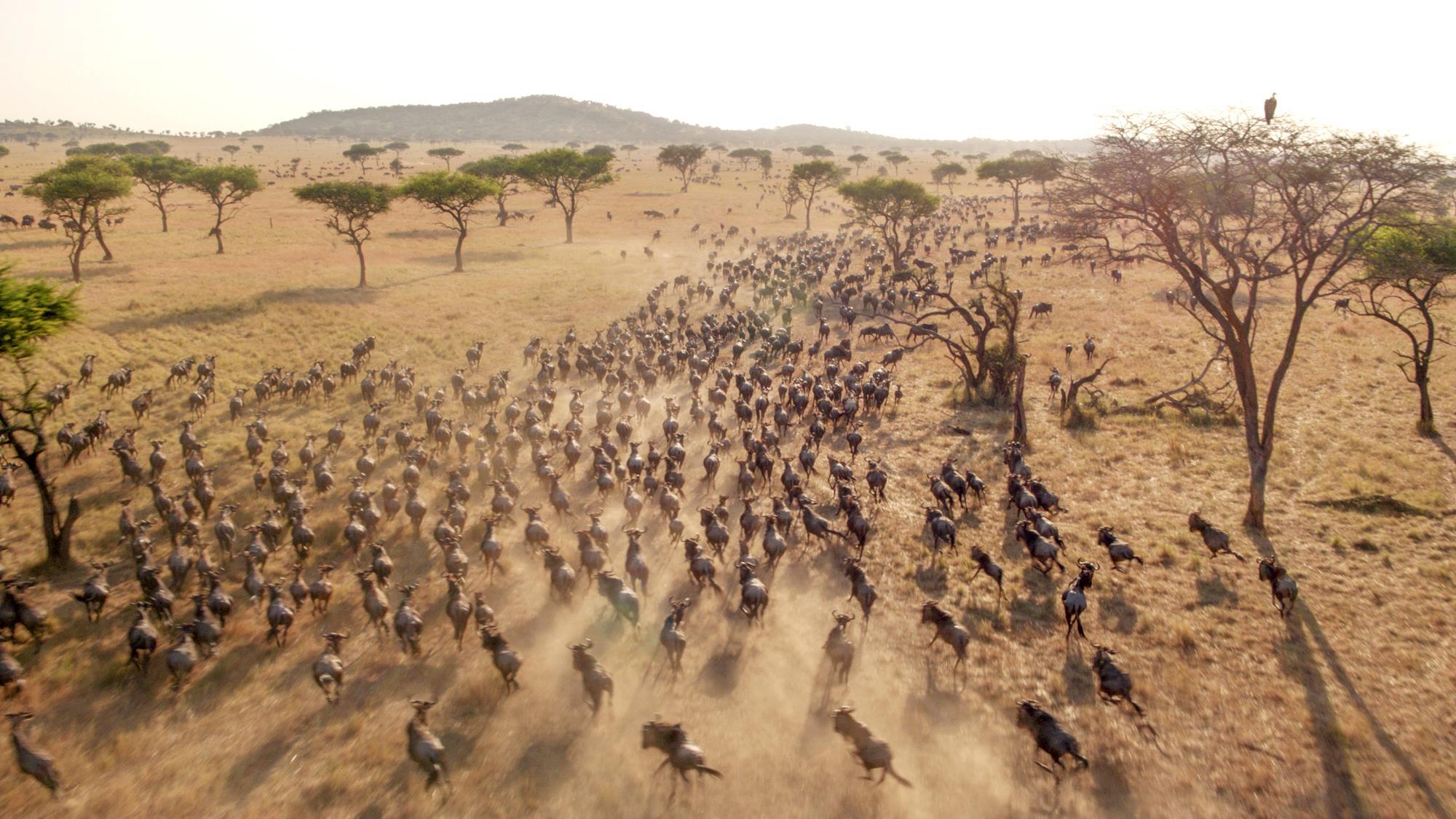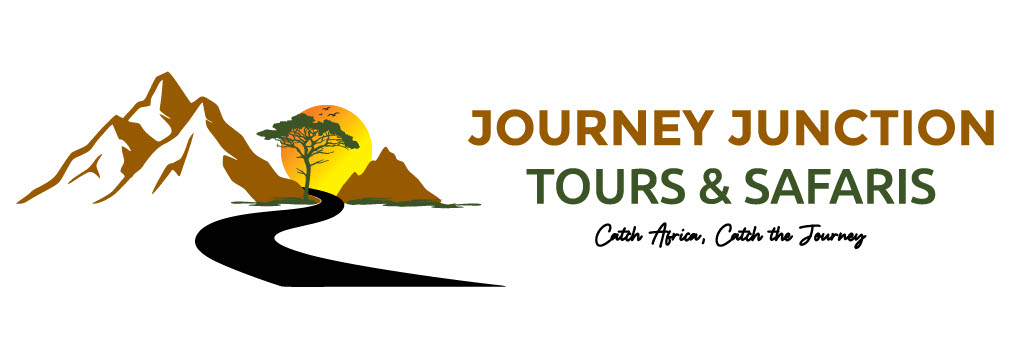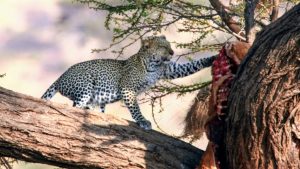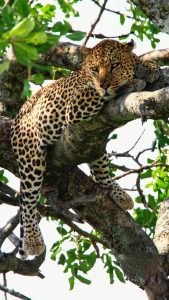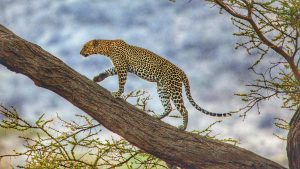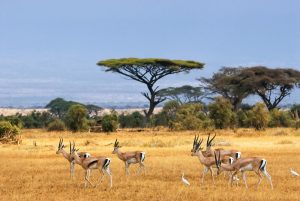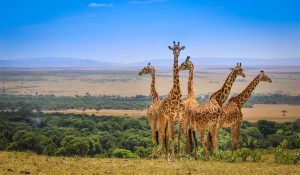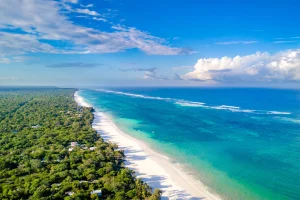The Great Wildebeest Migration is one of the most spectacular wildlife events on Earth. Every year, over 1.5 million wildebeest, accompanied by zebras, gazelles, and other grazers, move in a circular pattern between Tanzania’s Serengeti National Park and Kenya’s Masai Mara National Reserve.
This epic journey is driven by the search for fresh grazing lands and water, making it a year-round natural wonder rather than a single event. Along the way, the animals face dramatic river crossings, predators waiting for their chance, and the challenges of survival in the wild.
The Migration Cycle – Month by Month
- December – March: Calving Season (Southern Serengeti)
- The herds gather in the southern Serengeti and Ndutu plains.
- Over 400,000 calves are born within a few weeks in February.
- Predators such as lions, hyenas, and cheetahs thrive during this time.
- Best for: Calving spectacle, predator action, and baby animals.
- April – May: The Long March North (Central Serengeti)
- The herds begin moving north as rains end.
- Vast columns of wildebeest stretch across the Serengeti plains.
- This is the start of the long journey toward fresh pastures.
- Best for: Dramatic herd movements across open landscapes.
- June – July: Grumeti & Mara River Crossings (Western Serengeti)
- The herds reach the Grumeti River in western Serengeti.
- Dangerous river crossings begin, with crocodiles waiting.
- By July, the first groups approach the Mara River.
- Best for: Heart-stopping river crossings and predator-prey action.
- August – October: Mara River Crossings (Masai Mara, Kenya)
- The most famous stage of the migration.
- Thousands of wildebeest cross the Mara River, braving crocodiles and strong currents.
- Survivors spread across the Masai Mara plains, grazing before rains call them back south.
- Best for: Iconic migration scenes and big cat encounters.
- November: Return South (Serengeti)
- The herds start heading back to Tanzania.
- By December, they reach the lush Ndutu plains again, and the cycle continues.
- Best for: Following the herds as they retrace their route south.
Why is the Great Migration Special?
- It is the largest land migration on Earth.
- Offers year-round wildlife drama: calving, river crossings, predator hunts.
- It’s one of the Seven Natural Wonders of Africa.
- Provides endless opportunities for wildlife photography and storytelling.
Best Places to Witness the Migration
- Southern Serengeti & Ndutu – Calving season (Dec–Mar).
- Western Serengeti – Grumeti River crossings (May–June).
- Northern Serengeti & Masai Mara – Mara River crossings (July–Oct).

